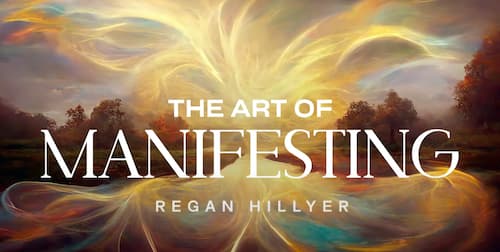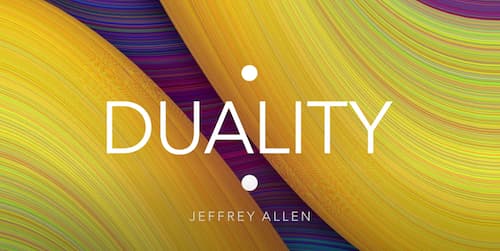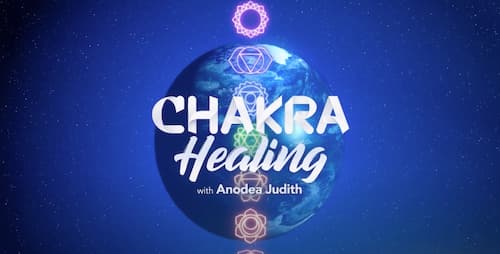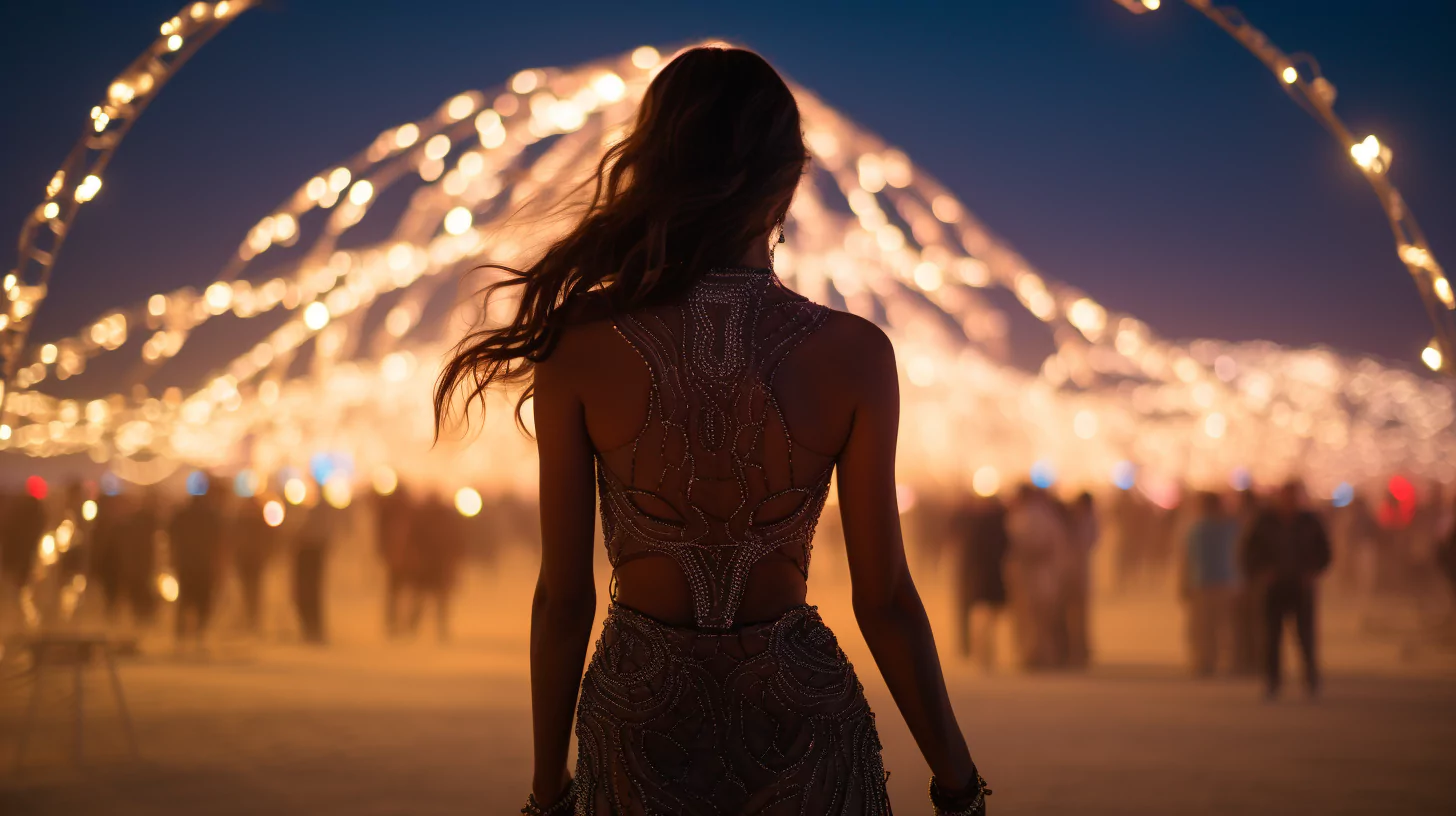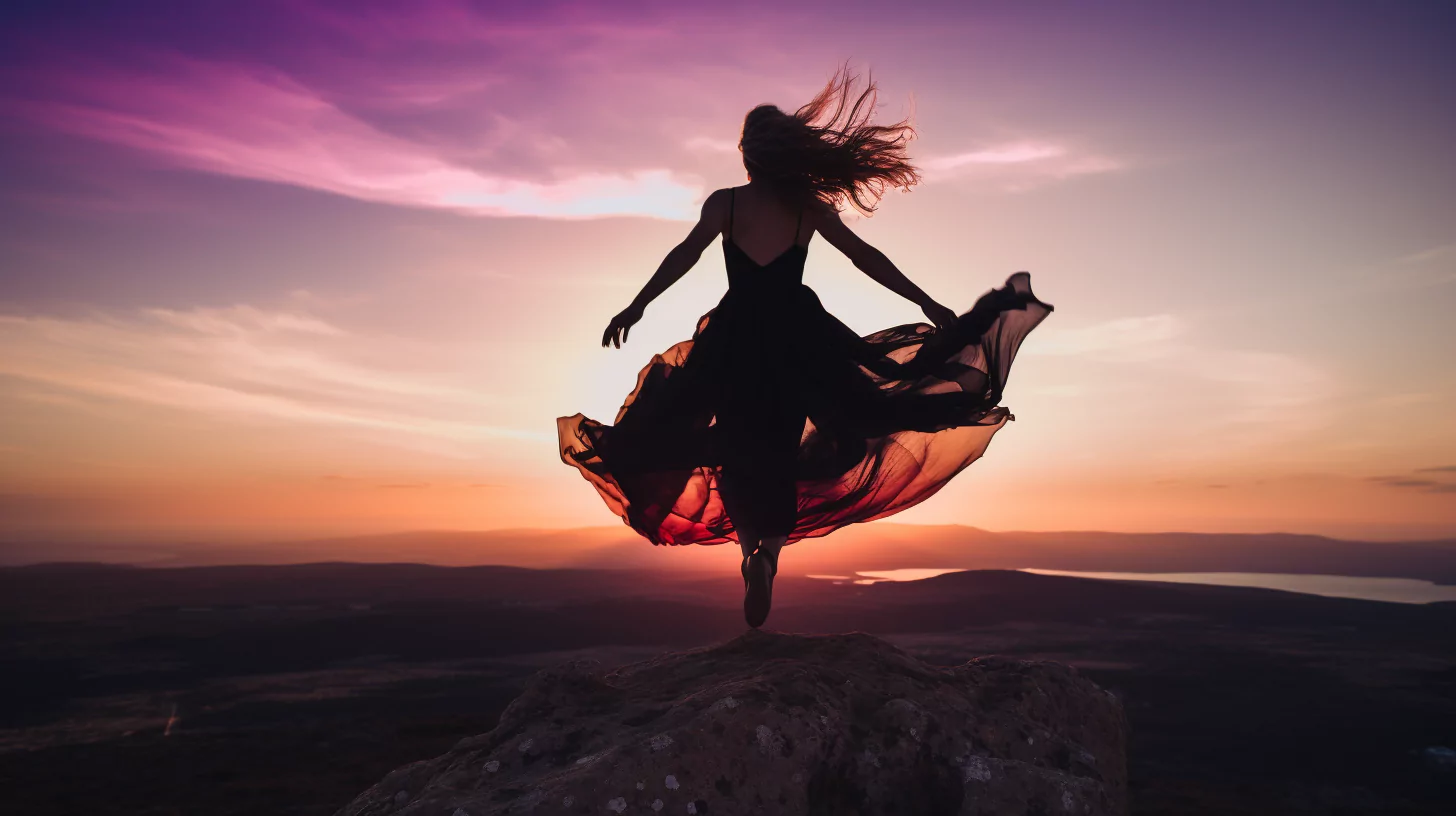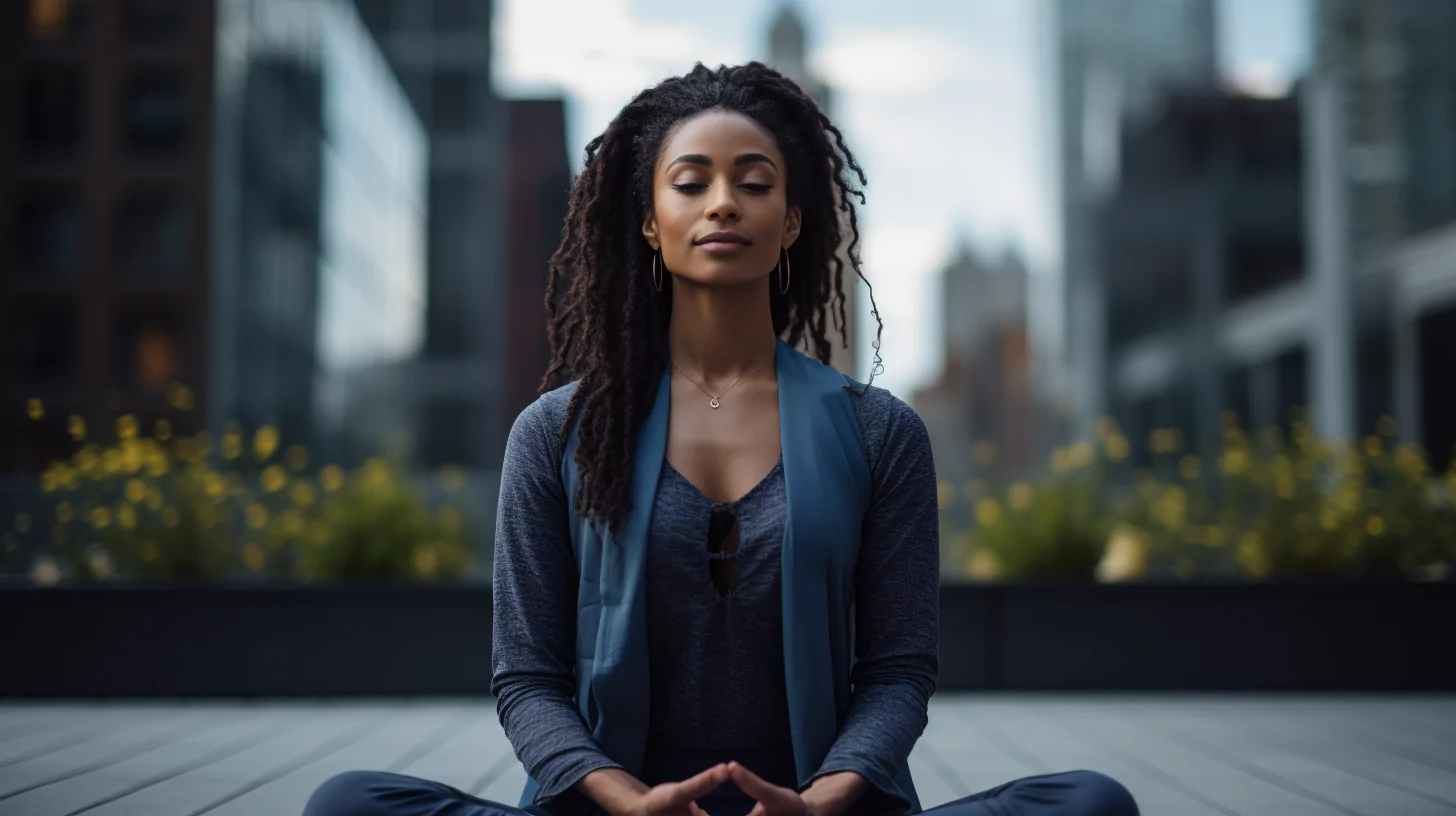Dhyana.
It sounds like the name of a Nirvana-look-a-like, new age grunge band. Perhaps you’ve briefly heard them screaming zen mantras while flipping through radio stations?
Or, perhaps not. Dhyana isn’t a band like Nirvana.
However, like Nirvana, dhyana is actually a Buddhist state of consciousness achieved through meditation.
Dhyana in Sanskrit simply means “meditation.” But, more accurately, dhyana is the “source” of meditation — a balanced state of mind, encompassing all states of consciousness with non-dual awareness. It is the origin of enlightenment.
Pretty far out, right?
Let’s go one step deeper.
In this article we will answer the following questions:
- What is the Dhyana Mudrā?
- How is Dhyana Mudrā practiced?
- What is Dhyana Mudrā’s symbolic significance?
- What are the benefits of Dhyana?
Let’s begin!
What Is the Dhyana Mudrā?
The Dhyana Mudrā is one of the most prominent hasta mudrās (hand gestures) in Buddhism. You can learn more about mudrās here.
It is believed to have been used by Gautama Buddha (Siddhartha) throughout his life — most notably during the famous moment of his enlightenment under the Bodhi tree.
However, even before Siddhartha, it was used by yogis of antiquity to deepen concentration during meditation (Siddhartha just nailed it first).
This mudrā symbolizes balance.
It is used to balance duality across mind, body, and spirit — action and stillness; thinking and feeling; masculine and feminine; enlightenment and illusion.
A “perfectly balanced being” is thought to cause and be the effect of enlightenment, which is why this mudrā is considered to be particularly important and auspicious.

How many Mudrās are there?
Depending on the sacred text, the number of mudrās can vary from 20 to 900.
For example, in Odissi, the Indian classical dance that originated in the Hindu temples of Odisha, there are 20 mudrās.
The Natya Shastra, a Sanskrit text on the performing arts, describes 24 mudrās.
To go further, in Bharatanatyam there are 28 root mudrās.
In the Kathakali dance, mudrās can be combined (one hand, both hands, body posture) to make over 900 mudrā combinations.
What are the types of Mudrās?
Hand mudrās are the most common form of mudrā, but mudrās can be completed with the hands, face, or even the full body.
The different types of mudrās are:
- Hasta Mudras – Hand Mudras
- Māna Mudras – Head Mudras
- Kaya Mudras – Postural Mudras
- Bandha Mudras – Lock Mudras
- Adhara Mudras – Perineal Mudras
What do you do with your hands while meditating?
Is it necessary to practice a mudrā while meditating? Not at all.
In fact, how you place your hands while meditating depends solely on what makes you feel comfortable and relaxed.
You can pick a mudrā that you feel most comfortable with at a given moment of time and practice it. This can help you to concentrate and feel more relaxed and at peace.
But don’t ever feel that you’re obligated to use a mudrā. Do what feels natural and helpful in the moment.
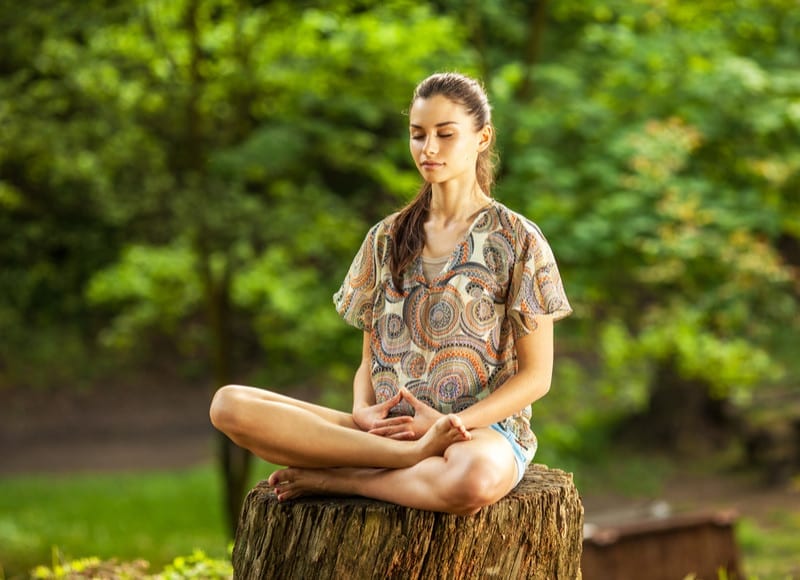
How Is Dhyana Mudrā Practiced?
To practice the Dhyana mudrā, gently extend your fingers with your palms facing to the sky. Place your right hand on top of your left hand. Overlap your fingers so that you can comfortably raise the thumbs and connect them, creating a bowl or triangle.
This gesture is typically done while in seated meditation. It can be incorporated into more active forms of meditation, but to fully access the dhyana state, it is better practiced in stillness with an awareness of the breath (pranayama).
Here is a fantastic infographic on how to best combine mudrās with pranayama.
Some variations of this mudrā are done with just the left hand, symbolizing the feminine principle of wisdom.
If what you need is power for self-exploration and self-discovery, the feminine spirit can help with this effort to look within.
What Is Dhyana Mudrā‘s Symbolic Significance?
At the core of all Buddhist philosophies are 3 highly valued principles:
Dharma — Learning, truth
Sangha — Community
Buddha — Buddhahood, itself
Together, they are called the Triratna, or the three jewels.
The triangular geometry of the Dhyana Mudrā symbolizes these three jewels. This triangle, called a “mystic triangle,” is also symbolic of the spiritual fire that illuminates the dark and incinerates impurities.
In idols of the “medicine Buddha,” this mudrā is also symbolic of a medicine bowl, which is said to contain the elixir of life.
Within our bodies, our left hand represents feminine energy, while our right hand represents masculine energy. So, when practicing this mudrā, the balance of these opposing energies is symbolized in the connection of the thumbs.
The image of the bowl, in this gendered sense of the Dhyana Mudrā, symbolizes the transmutation of sexual energy. In meditation, the bowl is filled up with sexual energy, allowing the practitioner to redirect this energy into a non-sexual purpose.
Above all, the Dhyana Mudrā is a symbol of the mystical state of dhyana.
The right hand represents the knowledge and truth of enlightenment, while the left hand represents the illusory nature of the Universe. The balance of these radically different truths is perfectly embodied as one fluid truth in the dhyana state.

What Are the Benefits of Dhyana?
The dhyana state has a number of benefits, including:
Spiritual
- Develops mindfulness
- Evokes spiritual awakening
- Integrates Nirvana (bliss), Samadhi (presence), and Samsara (the cycle of existence)
Mental
- Relieves stress
- Improves concentration and memory
- Promotes alertness
Emotional
- Heals past emotional traumas
- Inspires optimism for the future
- Renews emotional energy
- Alleviates anger and depression
Physical
- Aids digestion
- Improves Longevity
- Kindles sexual transmutation


